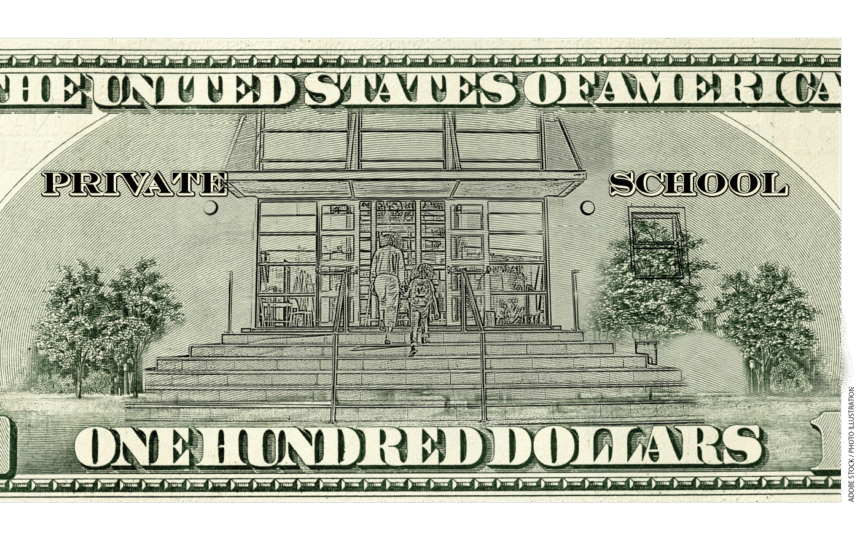Twenty twenty-five has been another banner year for the education freedom movement. Six new states were added to the list of those offering private-school choice programs to all students, bringing the total to 19. Still, of the programs enacted this year, only two fully allow all students to participate in a choice program by guaranteeing funding for them to do so—an indispensable benchmark of universality. As school choice policy becomes mainstream, advocates should look beyond universal eligibility alone and home in on universal funding.
Funded eligibility, which measures the percentage of students who can participate in a choice program based on available funding, is a factor of true universality. While any student may technically apply to participate in Utah’s education savings account (ESA) program, for example, scholarships are only funded with an $80 million appropriation. With accounts funded at $8,000 each, this means no more than 10,000 students—less than 2 percent of Utah’s student population—can participate in the program in a given year. With funding so limited, Utah’s program is a far cry from universal.
And Utah is not alone. Of the 19 states that allow any child to participate in a choice program, just eight back up that promise with the necessary funding. Put another way, about 45 percent of students nationwide are eligible to apply to participate in a private-school choice program, but states have only dedicated enough funding for roughly 20 percent of U.S. students to benefit from such programs.
Nobel laureate Milton Friedman, the father of the modern school choice movement, envisioned an education marketplace where families could choose from countless options, thereby improving all offerings. That vision requires states not only to create choice programs but also to ensure that funding follows each student. This is a framework for transformative education reform.
The most successful education choice programs are backed by steady, reliable funding sources, like the state’s education budget or general tax revenue, and are designed to grow automatically as more families sign up.
Fortunately, several states have taken major steps in that direction this year. But others still have a long way to go.
Of the states advancing choice this year, New Hampshire is the star. It joins the ranks of Arkansas, Arizona, Florida, and West Virginia in offering a choice program with universal funded eligibility paired with universal eligibility and options. The Granite State’s Education Freedom Account Program, enacted in 2021 with an income limit, had already ensured the program was consistently and fully funded and offered families broad flexibility in how they may spend program dollars. Now, without imposing limits on who may participate, the program stands to deliver the kind of education options families need.
By removing the income limit, the percentage of eligible students in New Hampshire increased from 48 percent to 100 percent in one fell swoop, guaranteeing seats for approximately 183,200 students statewide. And because the program continues to be formula funded, families are not at the whim of a year-to-year legislative appropriation. While the state technically implemented a new enrollment cap, the cap increases automatically with demand, which promises access for all.
Meanwhile, in Indiana this year, lawmakers passed a bill that eliminated the income cap on its Choice Scholarship Program, giving 100 percent of students statewide funded eligibility. Although a modest increase from its previous coverage of 98 percent, the new law makes the program accessible to nearly 1.2 million Hoosier students.
Of those states expanding or enacting new choice programs in 2025, Tennessee claims the next highest funded eligibility rate. The Volunteer State funded a new ESA program offering universal eligibility with a $144.2 million appropriation, boosting the number of students able to participate from 4 percent to 6 percent. Roughly 35,000 Tennessee students statewide will now have access.







